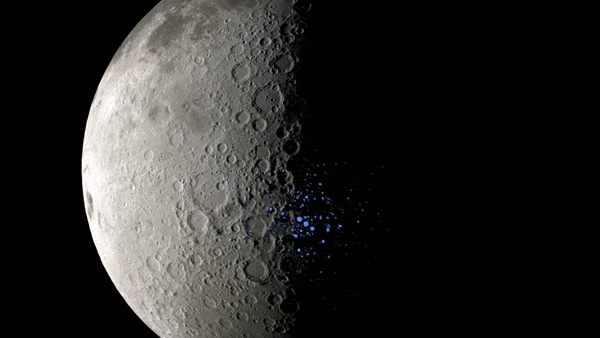Being one of Earth’s closest neighbors and named after a Roman God of War, Mars is the 4th planet of the solar system. It has been an object of wonder for centuries due to being visible to the naked eye. Because of this, Mars has always been a popular choice for our new home. This has been considered more seriously in the recent years due to the rapid increase of human population and the depletion of resources on Earth.

Surface of Mars and its polar ice cap. Source Nasa
Mars One
Mars One is an organization founded in 2011 whose goal is to establish a permanent human settlement on Mars. With many PhD researchers and large suppliers like Lockheed Martin on board, Mars One planned multiple manned and unmanned missions over the span on 20 years. They plan to start Astronaut training by 2018 for prolonged stay in remote locations, repairing rovers, medical treatment, and food growth. Aiming to launch the first crew in 2031 via the Mars Transit Vehicle, many unmanned missions will be launched before that to experiment with crucial tasks such as water extraction and solar panels, satellite deployment, and setting up an outpost. After the landing, astronauts will set up solar panels and prepare for a second group of astronauts launching in 2033. Mars One has addressed potential risks of this project such as the lives of astronauts and the potential of over budget, however they plan on reducing cost by using existing technologies.

Mars One’s concept of Martian base. Source Mars One
Ecole Polytechnique Federale de Lausanne (EPFL)
Another plan was drafted recently by a group of scientists and researchers in EPFL, a Switzerland University. The plan was accepted on June of 2018 to set up Martian bases on the polar ice cap regions of Mars. The poles prove to be ideal places to set up a base because it provides a source of water and various elements to create materials. Like the Mars One, EPFL plan to send multiple unmanned missions to construct a habitable base. The design of the base consists of a central core which will act as a living quarter for the astronauts, 3 surrounding capsules will have airlock functionality to minimize pressure change, and a large dome to protect the area within from radiation and the harsh dust storms of the Martian surface. They plan on sending a crew of 6 astronauts to land during the polar summer to maximize sunlight during their stay. The astronauts are planned to stay for 9 months to set up power reactors and a second mission will be initiated to bring cranes for material transportation. A potential issue with this plan is that there is currently no rocket strong enough to carry the planned heavy load.

Floor plan of the proposed base. Source EPFL
The Future of Mars Colonization
As human population increase, so does the rate of consumption and the need for us to find a new home becomes increasingly real. With the many advantages that Mars provide and garnering the interest of groups like Mars One and the scientists of EPFL, the Red Planet is a likely option for us to call home in the near future.
– Jerry Chen


